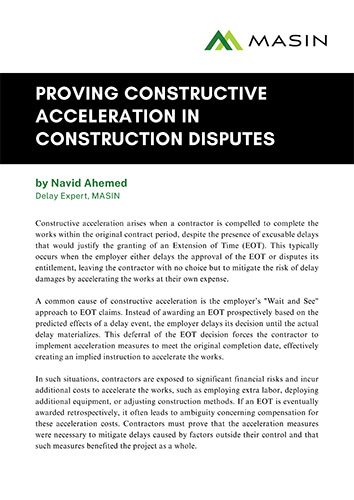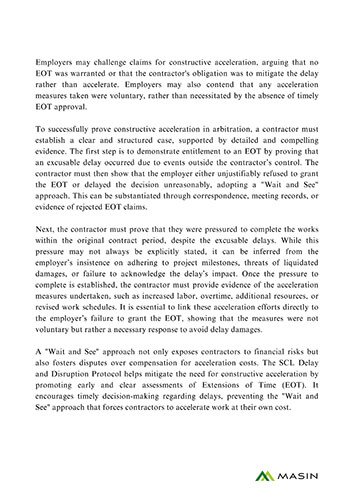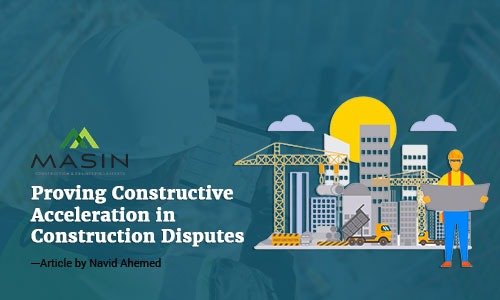

When to Use ?
Prospective analysis is particularly useful during ongoing projects, especially for addressing straightforward delays or meeting contractually required forecasts.
Methods of Prospective Analysis
- Impacted As-Planned (IAP): Adds delay events to the baseline schedule to evaluate their potential impact. Best for simpler, early-stage delays.
- Time Impact Analysis (TIA): Incorporates delay event subnetworks into the baseline program and recalculates impacts. Ideal for evolving, long-duration projects.
Frequently Asked Questions
Get answers to frequently asked questions about everything we do.
What is constructive acceleration in construction?
Constructive acceleration occurs when a contractor is forced to accelerate work to meet the original project schedule, despite being entitled to an Extension of Time (EOT) due to excusable delays. This typically happens because the employer delays or refuses to grant the EOT.
How does constructive acceleration differ from directed acceleration?
Directed Acceleration: The employer explicitly instructs the contractor to speed up the work.
Constructive Acceleration: The employer does not issue direct instructions but creates a situation where the contractor has no choice but to accelerate, often due to delayed or denied EOT claims.
What causes constructive acceleration?
A primary cause is the employer’s “Wait and See” approach—delaying EOT decisions until actual delay impacts occur. This leaves contractors with no choice but to act preemptively to avoid liquidated damages.
What must a contractor prove to establish a claim for constructive acceleration?
A contractor must establish:
- An excusable delay occurred (outside their control).
- EOT was wrongfully denied or delayed by the employer.
- Implied or inferred pressure was applied to finish on time (e.g., threats of damages, denial of delay impacts).
- Actual acceleration efforts were implemented (e.g., increased labor, overtime).
- Causal link between the employer’s actions and the acceleration measures.
What kind of evidence supports a constructive acceleration claim?
- Correspondence showing EOT requests and responses
- Meeting minutes or records referencing project milestones or penalties
- Documentation of additional labor, equipment, or schedule changes
- Cost records showing the financial impact of acceleration
